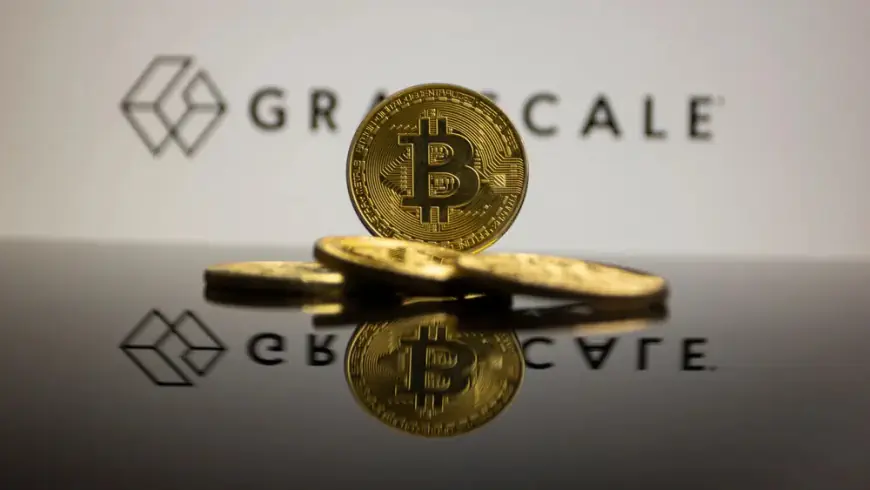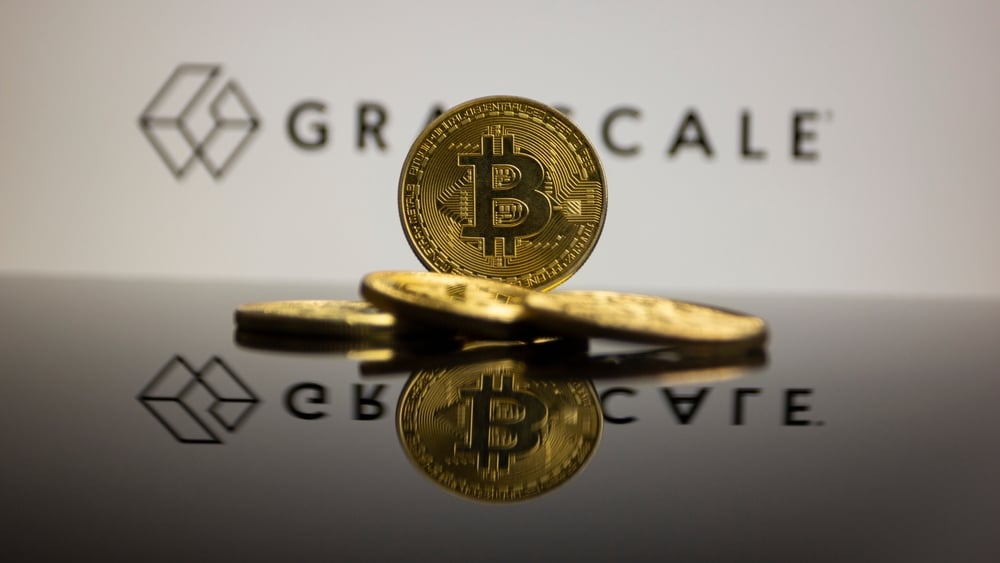How Does Bitcoin Halving Influence Inflation Control?
Bitcoin halving is a fascinating phenomenon with the power to reshape the cryptocurrency landscape. Every four years, the rewards for mining Bitcoin are cut in half, leading to significant economic ripples. But how exactly does this event help control inflation? Dive in to uncover the mechanics behind Bitcoin halving and its broader economic implications. Decoding [...]


Bitcoin halving is a fascinating phenomenon with the power to reshape the cryptocurrency landscape. Every four years, the rewards for mining Bitcoin are cut in half, leading to significant economic ripples. But how exactly does this event help control inflation? Dive in to uncover the mechanics behind Bitcoin halving and its broader economic implications. Decoding Bitcoin halving and also want to learn investing? The bitcoin-eprex.org/ can connect you with experts for a deeper understanding.
Bitcoin Halving and Market Reactions
Bitcoin halving is a pivotal event that generates considerable interest in the cryptocurrency world. When Bitcoin’s block reward is cut in half, miners receive fewer bitcoins for their efforts. This reduction in rewards happens roughly every four years, and it’s designed to control the supply of new bitcoins entering the market.
Historically, these halvings have had significant impacts on Bitcoin’s price. For example, after the 2012 halving, Bitcoin’s price surged from around $12 to over $1,000 within a year. Similarly, the 2016 halving saw prices climb from approximately $650 to nearly $20,000 by the end of 2017. The 2020 halving was no different, with Bitcoin’s value jumping from about $9,000 to over $60,000 in the following year.
Why does this happen? One reason is scarcity. As the reward for mining decreases, fewer new bitcoins are introduced, making existing bitcoins more valuable. This scarcity effect often leads to increased demand, as investors anticipate future price rises. Another factor is market sentiment. The buzz around halving events can create a frenzy of buying activity, pushing prices higher.
However, it’s not all smooth sailing. Post-halving periods can also bring volatility. In the short term, the market can experience wild price swings as investors react to the reduced supply and adjust their strategies. For instance, after the initial post-halving spike, Bitcoin’s price sometimes drops as the market corrects itself.
A key question for investors is how to navigate these choppy waters. Some opt for a long-term approach, holding onto their Bitcoin through ups and downs, confident in its eventual rise. Others might trade actively, trying to capitalize on price movements. But it’s important to remember that Bitcoin is still a relatively young and unpredictable asset, so caution is advised.
Inflation Control Through Bitcoin Halving
Bitcoin halving plays a crucial role in controlling inflation within the Bitcoin ecosystem. To understand this, let’s first consider how inflation works. In traditional fiat systems, central banks control the money supply, often printing more money to stimulate the economy. However, this can lead to inflation, where the value of money decreases as more of it enters circulation.
Bitcoin takes a different approach. Its creator, Satoshi Nakamoto, designed it to be deflationary, meaning its supply is limited. Only 21 million bitcoins will ever exist. Halving events ensure that the rate at which new bitcoins are created slows over time, reducing the inflation rate.
For instance, when Bitcoin first launched, the reward for mining a block was 50 bitcoins. After the first halving in 2012, this reward dropped to 25 bitcoins. The second halving in 2016 reduced it to 12.5 bitcoins, and the 2020 halving brought it down to 6.25 bitcoins. By cutting the reward in half approximately every four years, the system controls the influx of new bitcoins.
This controlled supply has significant implications for inflation. Unlike fiat currencies, where central banks can print money at will, Bitcoin’s supply is capped. This scarcity can help protect against the kind of hyperinflation seen in some countries with uncontrolled money printing. It also makes Bitcoin an attractive store of value, similar to gold.
Broader Economic Implications
Bitcoin halving events don’t just affect Bitcoin; they have broader economic implications that ripple through various sectors. One major impact is on the cryptocurrency market as a whole. When Bitcoin’s price rises, it often lifts other cryptocurrencies too. This phenomenon, known as the “Bitcoin effect,” can lead to increased interest and investment in the entire crypto ecosystem.
Beyond the crypto market, Bitcoin halving influences the financial world. As Bitcoin becomes more valuable and more widely accepted, it challenges traditional financial systems. Banks and financial institutions are starting to take notice, exploring ways to integrate cryptocurrencies into their services. This could lead to more mainstream adoption of Bitcoin and other digital assets.
Another important aspect is the impact on Bitcoin mining. Halving events reduce the reward for mining, which can affect the profitability of miners. Smaller or less efficient mining operations might struggle to stay afloat, leading to further centralization as only the largest, most efficient miners survive. This could have implications for the decentralization of the Bitcoin network, a key feature of its security and resilience.
On a macroeconomic level, Bitcoin’s deflationary model provides an interesting contrast to traditional fiat currencies. As governments around the world grapple with inflation and the consequences of monetary policy, Bitcoin presents an alternative. Its fixed supply and predictable issuance schedule offer a form of digital sound money that some see as a hedge against inflation and currency devaluation.
Conclusion
Bitcoin halving is more than just a technical adjustment; it’s a crucial element in controlling inflation and shaping the future of digital currencies. By limiting Bitcoin’s supply, these events can drive up value and influence global financial systems. As we anticipate future halvings, understanding their impact becomes essential for investors and policymakers alike.
What's Your Reaction?









































































































